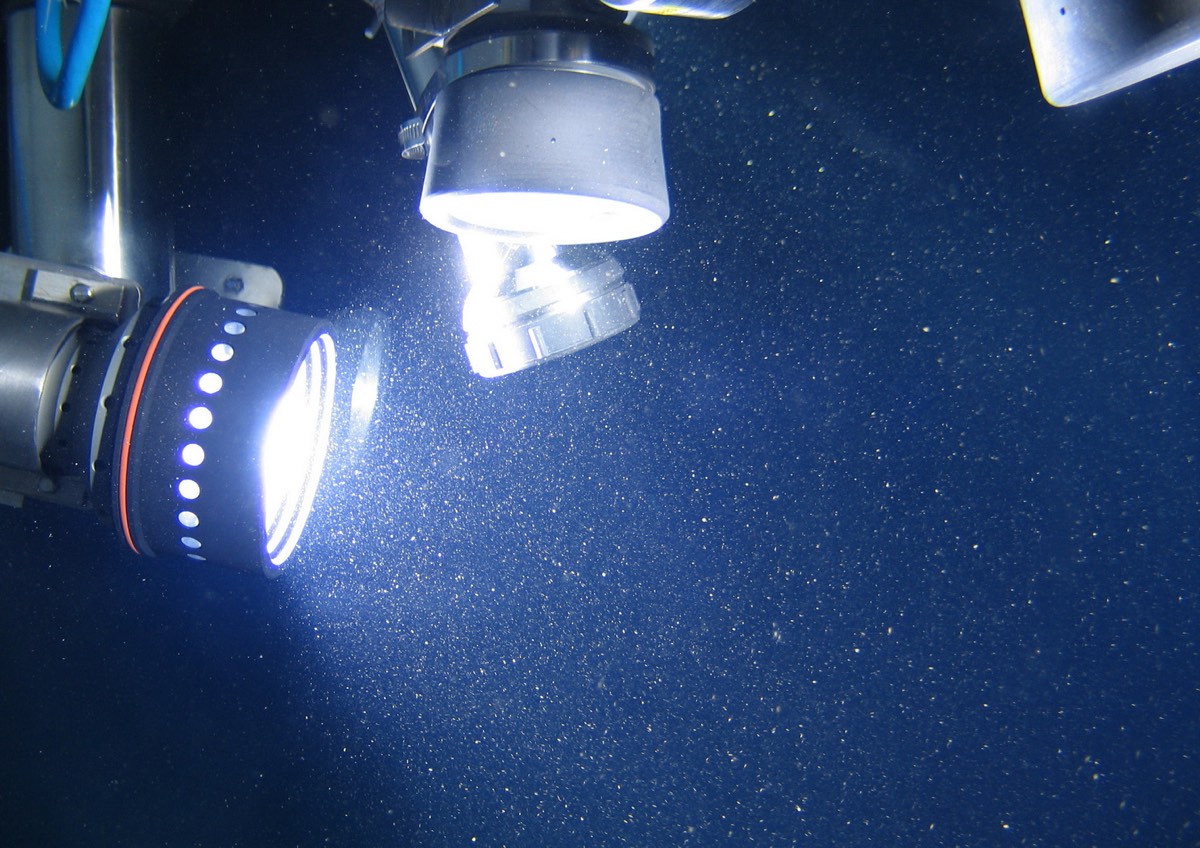'Submarine avalanches' are burying microplastics deep under the ocean
Why is there plastic in the deepest underwater places on Earth?

Underwater avalanches are likely burying bits of microplastic deep under the ocean.
Researchers believe that right now about 10 million lbs. (4.5 million kilograms) of plastic makes its way into the ocean every year, and that this number could be about 10 times higher by 2025. Maybe 1% of the plastic floats on the ocean surface (much of it in "great garbage patches"), and the other 99% ends up embedded in the ocean floor, often in canyons. Little bits of plastic have turned up in the bellies of animals in the deepest places on Earth. But researchers don't know how it gets there or precisely where most of it ends up — which is important, because all that plastic is harming marine life in ways that are still not fully understood. Now, in a new paper, researchers argue that massive movements of undersea sediment known as "submarine avalanches" play an important role.
"This is in contrast to what we have seen in rivers, where floods flush out microplastics; the high sediment load in these deep ocean currents causes fibers to be trapped on the seafloor, as sediment settles out of the flows," study author Ian Kane, an earth and environmental science researcher at the University of Manchester in England, said in a statement.
Related: Images of the Great Pacific Garbage Patch
To understand the huge flows of sediment, which can cross "thousands of kilometers," the researchers simulated them in the lab in much smaller "flume tanks," where quartz sand was sifted around in water. Polyester fibers ended up distributed more evenly, likely because they are more easily trapped by sand particles. Non-fibrous microplastics bits of plastic bags, for example, tended to settle out of the flow at low points. The overall effect of these flows, the researchers said, appears to be that much of the plastic ends up buried beneath the seafloor surface, often just beyond the edges of continental shelves.
A great deal of that plastic will likely end up in the food chain, the researchers said, with critters in microplastic hotspots feeding on the waste in sediment and passing them on to their predators, the researchers wrote.
The next step, the researchers said, will be to go to some of the canyons identified as likely microplastic hotspots by this study — especially those just off the edges of continental shelves. That will allow them to better understand how to predict undersea movements of ocean microplastics and figure out how those plastics might be impacting life all over Earth.
Get the world’s most fascinating discoveries delivered straight to your inbox.
The study was published March 6 in the journal Environmental Science and Technology.
- 25 scientific tips for raising happy (and healthy) kids
- Why doesn't plastic biodegrade?
- Where does all our poop go?
Originally published on Live Science.
The one-month trial gives you access to all of the educational site's 9,000 activities in reading, science, math and art. Keep your child busy and learning while we are all stuck indoors.




